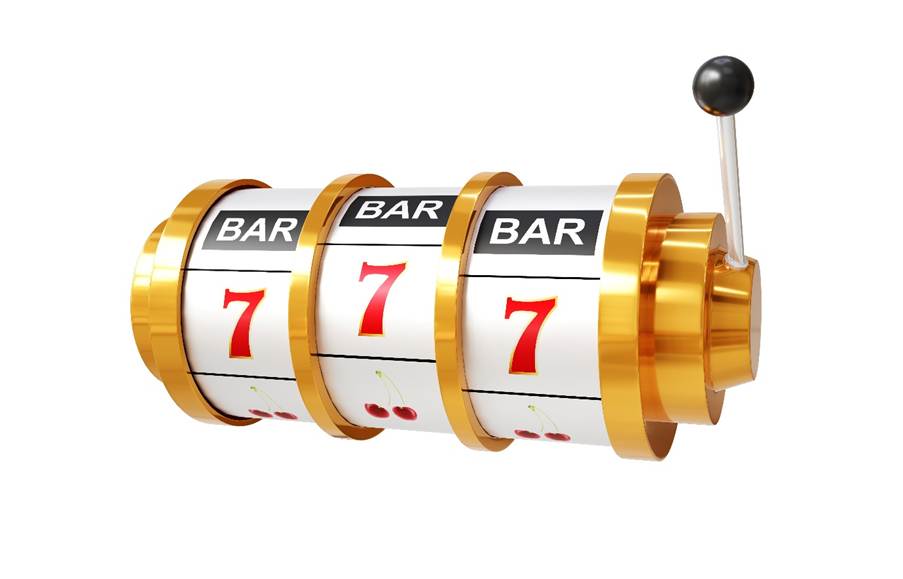Slot games are some of the most popular casino titles, combining simple mechanics with a range of themes and features. Whether you play Slots online or at a land-based casino, knowing how symbols, bonus rounds and randomisation work will give you a clearer picture of what happens when you hit “spin”.
Modern slot titles, such as the popular Age of the Gods slot, run on Random Number Generator (RNG) software. This technology ensures every outcome is independent and can’t be influenced by previous spins or outside factors. It’s this unpredictability that makes Slots fair for everyone.
What do these symbols actually mean
Slot reels are filled with different symbols that determine your spin’s outcome. Standard symbols usually include lower-value icons like playing card ranks (10, J, Q, K, A) and higher-value themed images that match the game’s style or theme.
However, special symbols add extra excitement:
- Wilds step in for most other symbols to help create matching combinations
- Scatters can trigger free spins, or bonus rounds when enough appear on the reels
- Bonus symbols might activate mini-games or jackpot features
Each game handles these symbols differently, so check the paytable to see what each one does and what it can unlock.
Bonus features
Modern Slots pack in bonus mechanics to keep things interesting. You’ll often find features like free spins, multipliers, pick-and-click games or progressive jackpots with prize pools that have the potential to grow every time a bet is placed.
Depending on the game you’ve chosen, features like cascading reels, expanding wilds, and cluster pays may be standardised too. These give you different ways to potentially land matching combinations beyond the traditional paylines.
The science behind the spin
RNG software controls every slot spin, meaning you can’t predict what’ll happen next. New combinations and outcomes are generated every single second, and each spin is independent of the last.
You’ll also see the term volatility used to describe some slot games. Also known as variance, volatility highlights how often and how big the payouts have the potential to occur:
- Low volatility Slots pay smaller amounts more regularly
- High volatility Slots pay less often but can deliver bigger wins
Return to Player (RTP) is another key factor. It’s shown as a percentage and represents the theoretical long-term return of a game. For example, a 96% RTP means that over time, 96 coins get paid back for every 100 coins wagered. Remember though – this doesn’t guarantee anything in your individual sessions.
Modern day Slots feature classic and new symbols, bonus features and utilise RNG technology to create outcomes that are completely random and impossible to predict. Understanding how each element works – from wilds and scatters to volatility and RTP – lets you approach these games with realistic expectations.
Before you start playing, take a look at each slot’s paytable and rules. They can vary quite a bit between different titles and knowing what you’re looking for can help you pick the game that best suits your preferences, style and bankroll.
Source link




